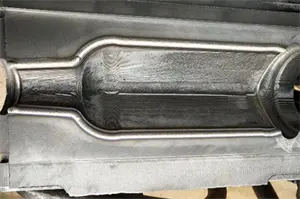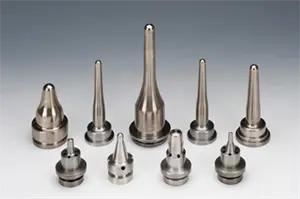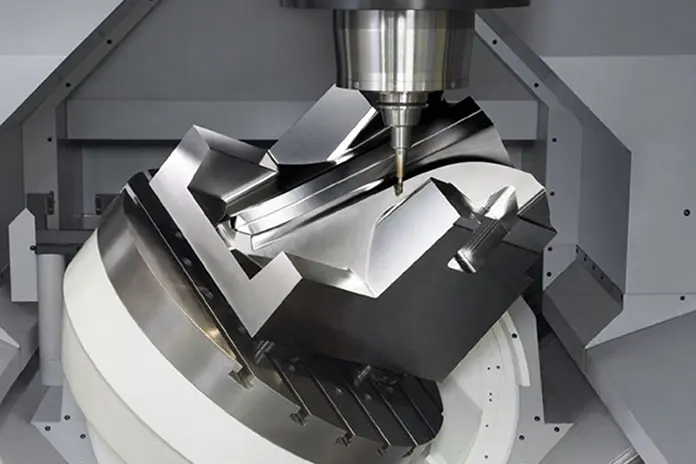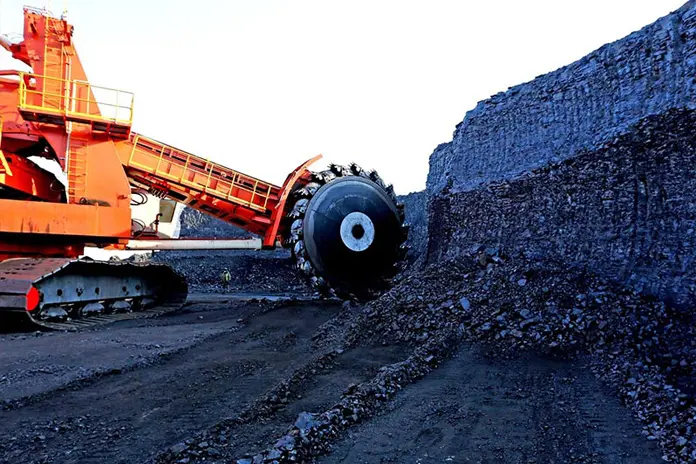Metal Mold
Industry background
As the basic process equipment for industrial production, the performance of metal molds directly affects the production efficiency and product quality in the fields of automobile manufacturing, home appliance production, consumer electronics, etc. In typical application scenarios such as stamping, injection molding, and die-casting, the molds are subjected to high temperature environments of 300-800℃, high pressure loads of 500-2000MPa, and impact loads of dozens of times per minute for a long time. In particular, the stamping molds of automobile cover parts need to withstand impact forces of more than 2000kN. Such harsh working conditions lead to typical failure problems such as chipping of stamping mold cutting edges, collapse of injection mold parting surfaces, and cracking of die-casting mold cavities. Among them, the embrittlement of material grain boundaries caused by high temperature and high pressure corrosion can shorten the life of the mold. Taking aluminum alloy die-casting as an example, when the mold is repeatedly flushed with 670℃ aluminum liquid, an average of 0.2-0.5mm corrosion layer will be produced on the surface of the cavity every 5000 molds.
Solutions
Laser cladding and remanufacturing
A fiber laser is used in conjunction with a coaxial powder feeding system to prepare a 0.3-1.2mm thick cobalt-based (Stellite 6) or nickel-based (Inconel 625) alloy coating on the mold surface. For the cutting edge of the stamping die, a composite structure of the bottom layer and the surface wear-resistant layer is achieved through gradient cladding technology, which increases the cutting edge hardness from HRC52 to HRC62 and improves toughness.
Laser quenching
The working surface and contact surface of the mold are partially quenched to increase the hardness, and a 0.2-0.8mm hardened layer is formed on the working surface of the mold. It has high efficiency, small deformation, no need for secondary processing, and saves processing cycle and heat treatment energy consumption.
Laser application cases

Glass mold laser cladding

Cutting edge laser cladding

Tungsten Carbide Punch






